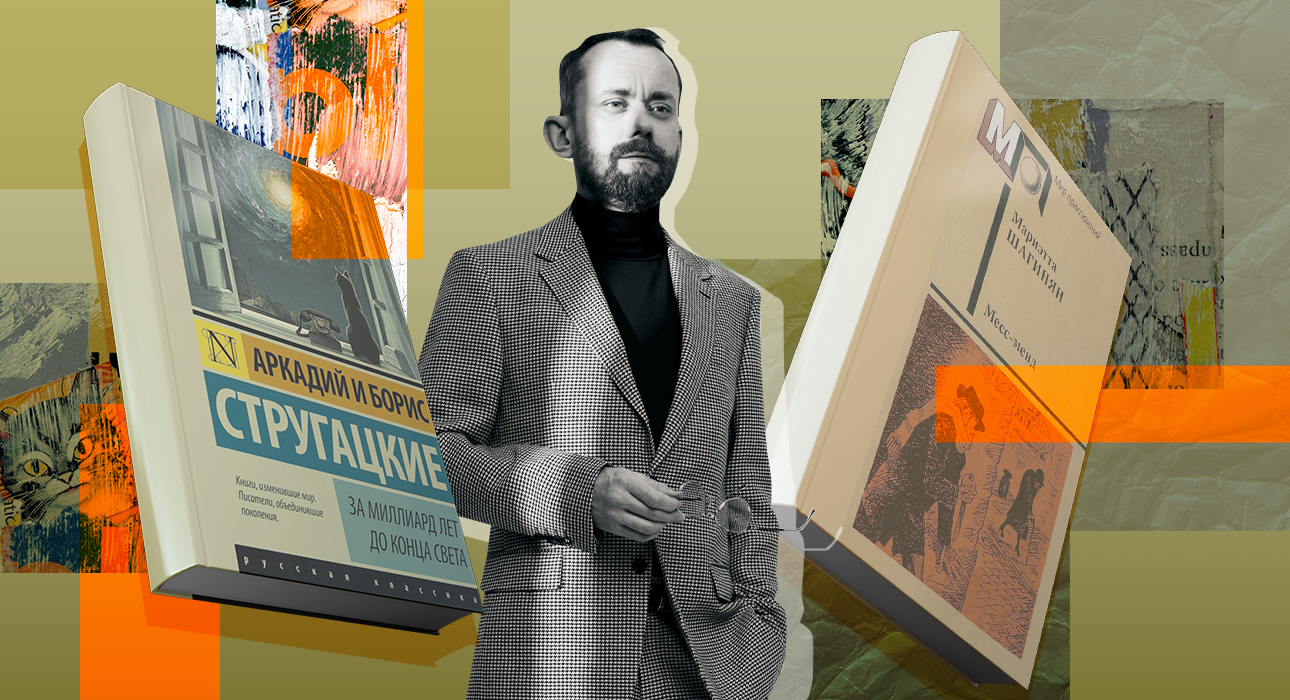Questions about what to watch or what to read can be asked, it seems, endlessly and more than once – after all, any good work, be it a book, movie or TV series, unfortunately, sooner or later ends and leaves. Its audience or reader is in the throes of new searches. But there is some good news, too.
To make your task easier, every week we ask our columnist Konstantin Obraztsov – writer, author of “Red Chains”, “Hammer of the Witches” and other books, as well as creator of the “Sample Reading” program on Rutube and the “Obraztsov” channel on Telegram – to share his collection of the world’s best literature and TV series with diamonds.

Konstantin Obraztsov
On the agenda today are unexpected works of Soviet science fiction classics.
During the Soviet period, the covers of science fiction books were marked as follows: “for high school age” After the first Congress of Writers in 1934, it was decided that real, adult literature should be about serious things: dreams and fantasies about war, grain growers and construction, space travel and a bright future should be left to pioneers and schoolchildren. If the plot is about far-flung adventures If it is relevant, there is a hidden social and psychological drama on the Planets.
A similar attitude towards science fiction is still accepted today. It goes without saying that novels about other worlds, witches and vampires or ghosts guarding a cursed treasure deserve only a disdainful smile, as works written for the leisurely pastime of frivolous adults or teenagers. True literary connoisseurs and literary connoisseurs should undoubtedly read something worthy of their attention – perhaps about grain growers. Even a strange term, close to literature, arose: “great literature” to distinguish family sagas from all this, against the background of historical changes about some elves and bridal wizards.
Such snobbery is all the more surprising because none of those who look with disdain at the covers of science fiction books doubts the right of the vast majority to nevertheless call truly great, serious, adult literature the works of the Strugatsky brothers or Ivan Efremov. All of his books are classic fantasies in every sense of the word. Perhaps because the power of the artistic talent of the best Soviet science fiction writers went far beyond the boundaries of a single stylistic direction and made it possible to create original works far from literary templates.
In our today’s selection there are four unexpected works of Soviet science fiction classics.
Arkady and Boris Strugatsky, “A billion years before the end of the world”
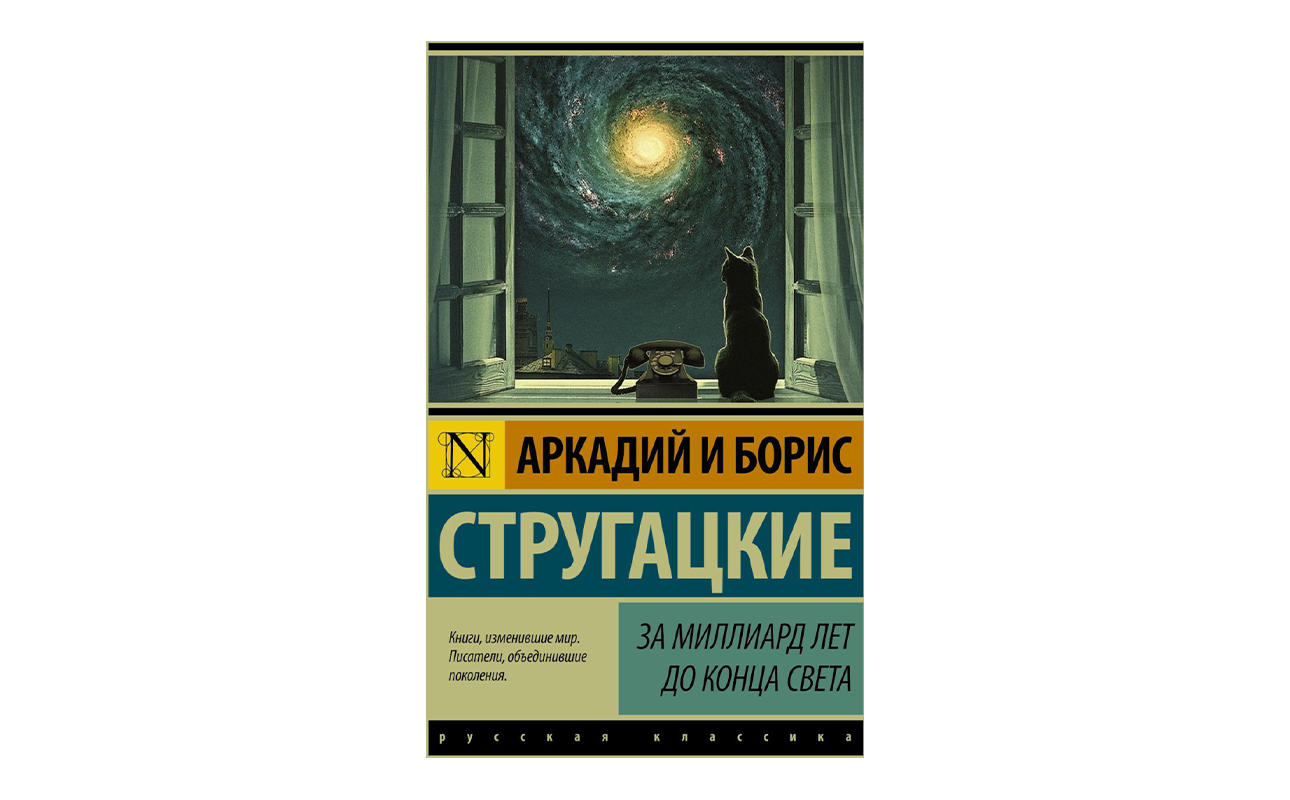
The Strugatsky brothers do not need special introduction: science fiction fans know them from the utopian cycle about Noon World; Moviegoers will probably remember the magnificent film “Inhabited Island”, based on the novel of the same name; Connoisseurs of auteur cinema know that Andrei Tarkovsky’s film “Stalker” was inspired by the story “Roadside Picnic”; two film adaptations and “our eagle Don RebaHe popularized the story “It’s Hard to Be God” and even those who haven’t watched or read any of the above have probably heard the phrase:
“Happiness to all, free and let no one be offended”
Many of the Strugatskys’ works are united by common artistic worlds. “A Billion Years Before the End of the World” is outside the local literary circuit and could be the basis for a chamber horror movie.
The action takes place in the contemporary reality of the authors: Leningrad, a residential area with panel high-rise buildings, hot summers, hot city air, dazzling sun during the day and sultry white nights. The main character, an astrophysicist, sends his family on vacation while he works on groundbreaking scientific research. But as his work progresses, stranger events prevent its completion. Phone calls from strangers or just silence on the phone; A grocery store courier suddenly appears on the doorstep with an unexpected and very large order; A neighbor suddenly comes to visit and spouts strange nonsense, and late in the evening a pleasant beauty appears and introduces herself as a friend of his wife who has nowhere to spend the night.
It soon becomes clear that something similar has happened to other scientists and inventors, both known and unknown to the hero, and the events that interfere with their work become increasingly alarming and dangerous. The Strugatskys build tension in a way that recognized horror masters would envy: the action practically does not go beyond the confines of a single apartment, the tension builds, the laconic Soviet setting enhances the sense of otherworldly dread and creates never-ending tension. the sun and white heat outside the window are scarier than in Ari Aster’s movie “Solstice”
We’ve all had this experience: When you start working on something you’ve been putting off for a long time, suddenly something distracts you? Read “One Billion Years Before the End of the World” and find out what it means.
Ivan Efremov, “Thais of Athens”
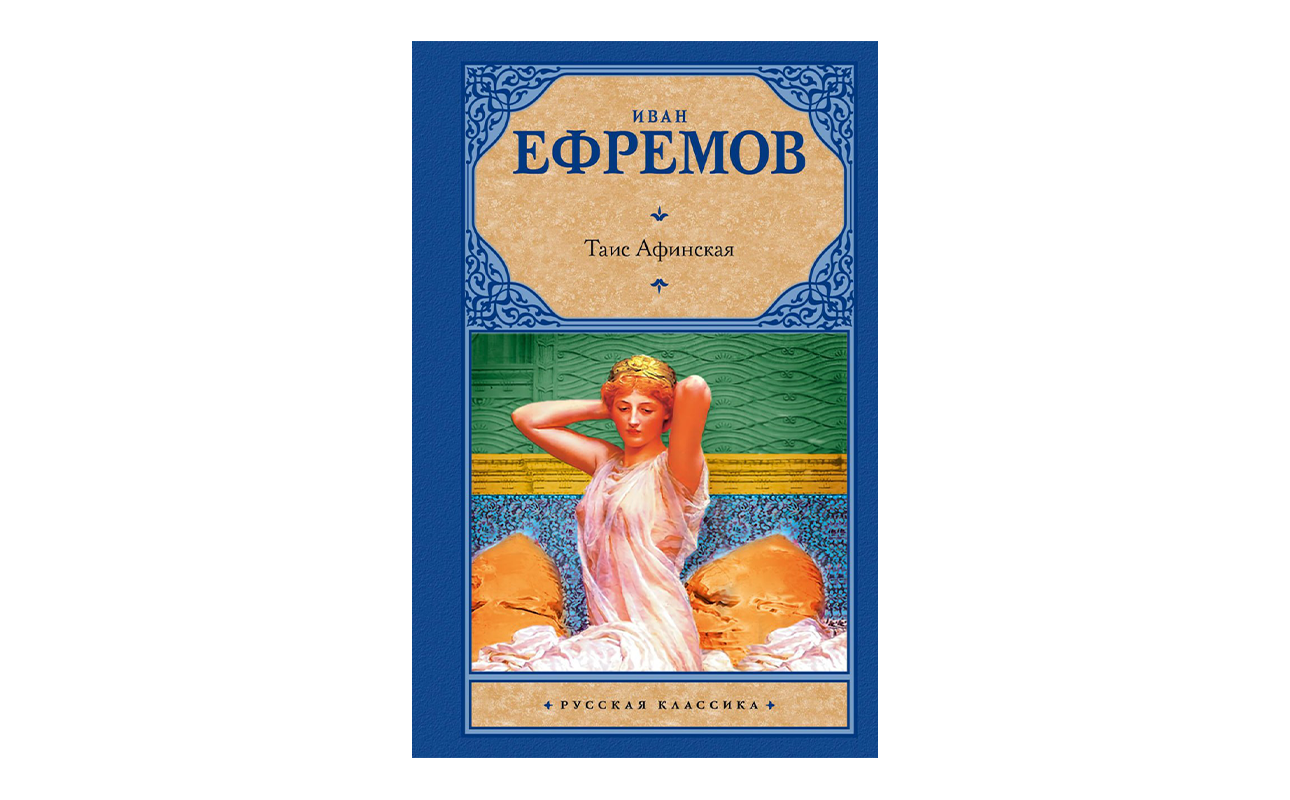
The great Russian writer and scientist Ivan Antonovich Efremov is known primarily for his science fiction novels about the distant future: “The Andromeda Nebula” and “The Hour of the Ox”. But Efremov was not only fascinated by the future. In search of his human ideal, he also turned to antiquity, and as a result, the historical novel “Thais of Athens” appeared.
The action of the work takes place in Ancient Greece. The main character of the novel is the famous Athenian hetaera, a real historical character famous for her association with Alexander the Great. It could be said that this is a story about the adventurous adventures of an antique escort or a woman with diminished social responsibility, or… what other sacred definitions are there? This could be said if it were not for the writer Efremov.
I do not know of any other writer in world and Russian literature who describes female beauty and through it the highest beauty of the human body and soul so inspiringly, so vividly and with such admiration. The entire book is filled with a truly ancient aura of harmony, spiritual and physical freedom, as well as warm, sensual eroticism. In one of our reviews, I mentioned this famous phrase:There was no sex in the USSR“- perhaps this is so according to our current understanding. But read “Thais of Athens”: in the scene where she makes love to a handsome athlete built like an ancient god on a field under the stars, there is more real, pure eroticism than all the pornographic books and websites.
The novel contains enough adventures, real drama, philosophical discussions and fascinating excursions into the history of religion and spiritual quest, but most importantly it is a hymn to female strength and beauty, full of dignity and admiration.
By the way: If you are short, “out of shape” and think your hips could be smaller, be sure to read “Thais of Athens” or better yet, “The Razor’s Edge”. Efremov not only admires the beauty of the female body, but also provides a rational basis for scientifically ideal proportions, which are much closer to the feminine lines of most girls’ figures than the lines of catwalk models.
Georgy Martynov, “Gianea”
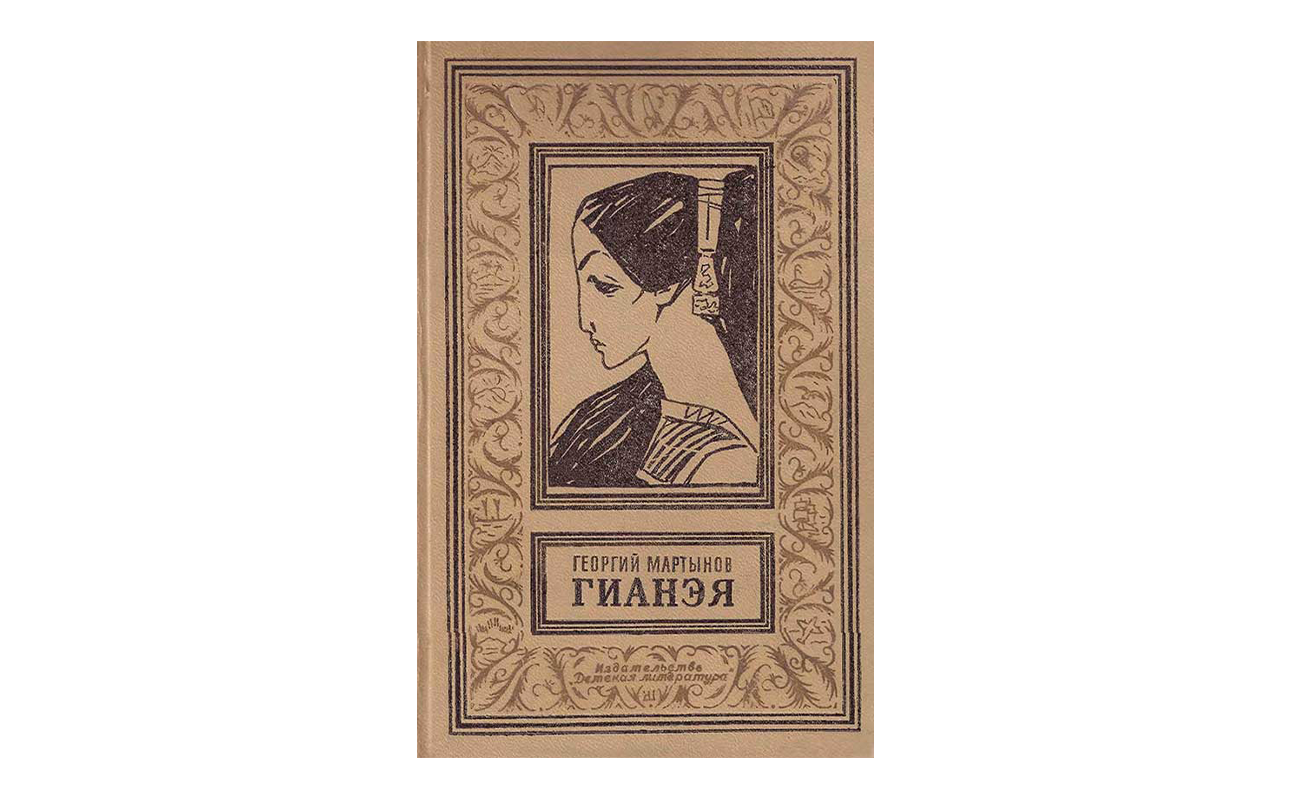
It is known that the Strugatsky brothers had problems with the authorities: their books were published in limited editions, individual publications were not published at all for almost ten years after the publication of Inhabited Island, and Boris Strugatsky once had to communicate with the authorities. with employees – witnessably true.
And Ivan Antonovich Efremov, a world-famous scientist, a convinced communist, also had problems, and very serious problems: the novel “Taurus Hour” was withdrawn from sales and libraries, he had to explain himself at the highest level. There is reason to believe that only death saved the party leadership and Efremov from the serious accusations of the KGB.
But Georgy Sergeevich Martynov had no problems with the authorities: a powerful biography of a worker and front-line soldier and an equally powerful, absolutely science fiction story about the communist future, space flights and time travel. But there were the first real fan clubs in the history of Russian literature: after the publication of the novel “Callisto”, which tells about the visit of highly developed aliens to Earth, fan-writing communities of book fans spontaneously appeared in the libraries of the Union. fiction, compiled an encyclopedia of Callisto, and even played reconstruction games.
Among Martynov’s books, which are very accurate and rather sparse in emotions, the novel “Gianea” is something unexpectedly bright and very emotional. It’s as if a civil servant who spoke like a civil servant suddenly stopped in the middle of his speech, took off his tie, and shared the story of his first, bitter, joyful, unrequited love.
The plot is pretty classic for science fiction: earthly scientists on one of the asteroids witness the explosion of an alien spaceship. There is only one survivor left, but the oddity is this: there are no air cylinders in the spacesuit, and under the spacesuit there is a girl dressed not in an astronaut overalls, but in a short golden dress – like funeral clothes. appears later. This is Gianeya: Literally incredibly beautiful, unearthly beauty – tall, slender, with long black hair, an unusual eye shape and the profile of a Jewish princess or Egyptian queen; There is a mystery to it, a kind of brokenness, but also spiritual strength.
“Gianea” is a touching story about a disaster that not even love can overcome. There’s something of the manga and anime: the same naive simplicity of form combined with emotional depth. The main thing here is not the fantastic landscape, but the emotions, and the novel will not leave anyone with these emotions indifferent.
If you decide to read it, please note that the text corresponds to the first edition of 1963, has an uninterrupted and heartbreaking ending. At the request of readers, Martynov later changed the ending and even wrote a sequel, but if you want to cry, you should read the first author’s version.
Yes, I read “Gianea” and cried during my school years. And I really fell in love: I reread the book dozens of times, told it to everyone who was ready to listen, and also burned it on the board and drew it. Even now, I can safely draw this beautiful profile that adorns the cover of the novel. And I still love it.
Marietta Shaginyan, “Mend the Mess”
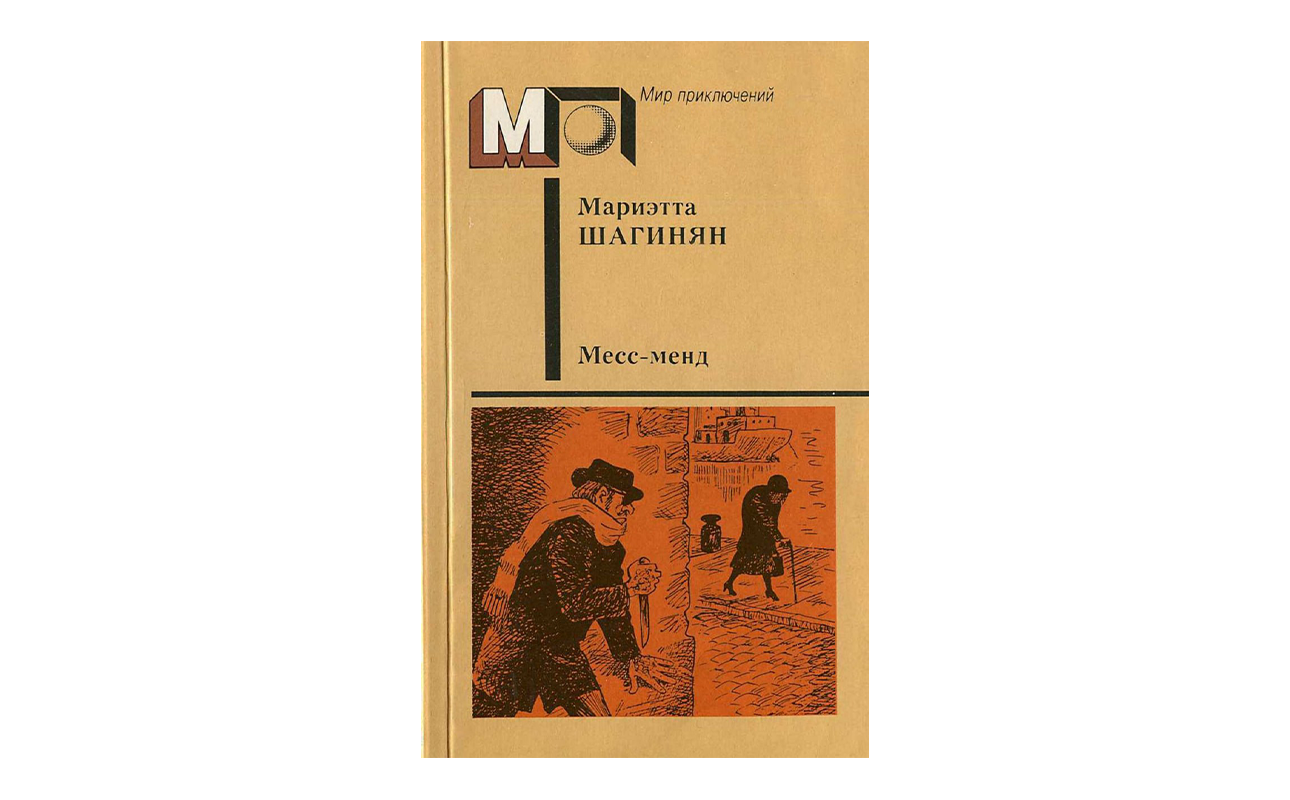
Finally, according to tradition, our Soviet waffle cake is topped with a cherry drunk with boiled condensed milk.
Marietta Sergeevna Shaginyan was not just a science fiction writer: she is an iconic personality of the era, who lived a very long, almost hundred-year life; A writer who began with poetic imitation of the symbolists and created hundreds of novels, stories, essays, essays, short stories, essays and in general everything that can be written using words, from the futurist “complex novel” “The Witch”. and from “Communist” to poor “Leniniana”
Published in the 1920s under the pseudonym Jim Dollar (!), Mess-Mend is a strange and compelling blend of conspiracy mystery, fantasy, and spy action. In fact, Mess-Mend is a secret organization of the world proletariat, master craftsmen, almost free masons, like Freemasons! – Have power over the things they create: Just click on MM’s secret sign as brick walls open to reveal secret passages and everyday objects transform and repurpose.
After reading the book, I scribbled these MMs wherever I could at school, taught this to my friends, and connected them to Mess-Mend. It wasn’t difficult – the novel has everything that could fascinate a schoolboy or anyone whose inner child is still alive: secret societies, a hypnotist killer, a network of secret tunnels under the ocean, a thrilling intrigue full of disguises, chases and gunfights. a transforming villain and the author’s unique irony for the modern reader and the bright style of an adventurous adventure in the spirit of the “roaring 20s”.
Give yourself an evening spent with an enthusiastic, childlike smile on your face: the book is simply written, the volume is small, but if you get hooked from the first pages you will probably not let go until the end.
MM.
Source: People Talk
Errol Villanueva is an author and lifestyle journalist who writes for The Fashion Vibes. With a passion for exploring the latest trends in fashion, food, travel, and wellness, Errol’s articles are a must-read for anyone interested in living a stylish and fulfilling life.

